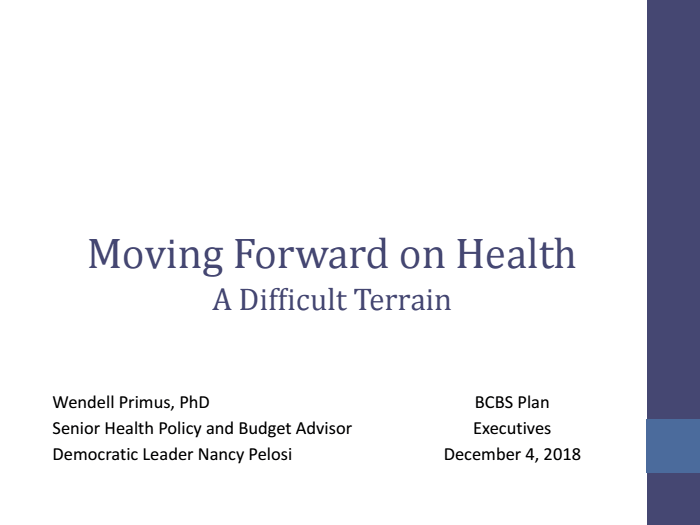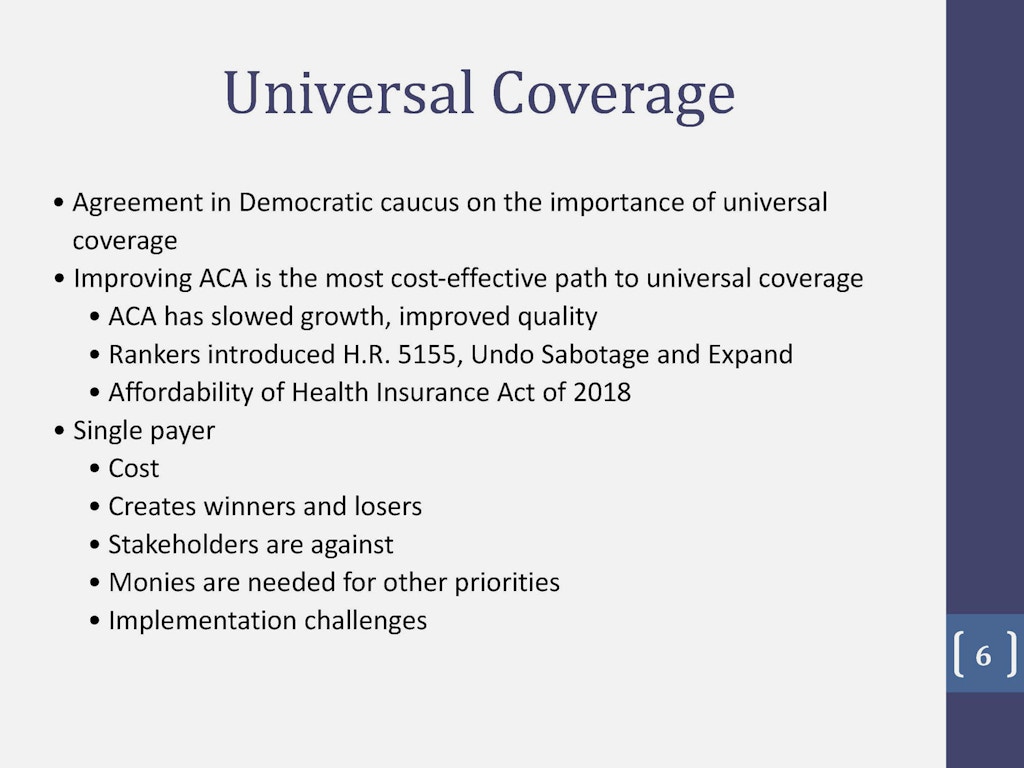FOR IMMEDIATE RELEASE: February 7, 2019
Contacts: David U. Himmelstein, M.D., dhimmels@hunter.cuny.edu; Steffie Woolhandler, M.D., M.P.H., steffie_woolhandler@hms.
Medical problems contributed to 66.5% of all bankruptcies, a figure that is virtually unchanged since before the passage of the Affordable Care Act (ACA), according to a study published yesterday as an editorial in the American Journal of Public Health. The findings indicate that 530,000 families suffer bankruptcies each year that are linked to illness or medical bills.
The study, carried out by a team of two doctors, two lawyers, and a sociologist from the Consumer Bankruptcy Project (CBP), surveyed a random sample of 910 Americans who filed for personal bankruptcy between 2013 and 2016, and abstracted the court records of their bankruptcy filings. The study, which is one component of the CBP’s ongoing bankruptcy research, provides the only national data on medical contributors to bankruptcy since the 2010 passage of the ACA. Bankruptcy debtors reported that medical bills contributed to 58.5% of bankruptcies, while illness-related income loss contributed to 44.3%; many debtors cited both of these medical issues.
These figures are similar to findings from the CBP’s medical bankruptcy surveys in 2001 and 2007, which were authored by three researchers in the current study (Himmelstein, Thorne, and Woolhandler), and then-Harvard law professor Elizabeth Warren. As in those earlier studies, many debtors cited multiple contributors to their financial woes.
The current study found no evidence that the ACA reduced the proportion of bankruptcies driven by medical problems: 65.5% of debtors cited a medical contributor to their bankruptcy in the period prior to the ACA’s implementation as compared to 67.5% in the three years after the law came into effect. The responses also did not differ depending on whether the respondent resided in a state that had accepted ACA’s Medicaid expansion. The researchers noted that bankruptcy is most common among middle-class Americans, who have faced increasing copayments and deductibles in recent years despite the ACA. The poor, who were most helped by the ACA, less frequently seek formal bankruptcy relief because they have few assets (such as a home) to protect and face particular difficulty in securing the legal help needed to navigate formal bankruptcy proceedings.
Relative to other bankruptcy filers, people who identified a medical contributor were in worse health and were two to three times more likely to skip needed medical care and medications.
Dr. David Himmelstein, the lead author of the study, a Distinguished Professor at the City University of New York’s (CUNY) Hunter College and Lecturer at Harvard Medical School commented: “Unless you’re Bill Gates, you’re just one serious illness away from bankruptcy. For middle-class Americans, health insurance offers little protection. Most of us have policies with so many loopholes, copayments and deductibles that illness can put you in the poorhouse. And even the best job-based health insurance often vanishes when prolonged illness causes job loss – just when families need it most. Private health insurance is a defective product, akin to an umbrella that melts in the rain.”
In the article, the authors note that “medical bills frequently cause financial hardship, and the U.S. Consumer Financial Protection Bureau reported that they were by far the most common cause of unpaid bills sent to collection agencies in 2014, accounting for more than half of all such debts.”
The study’s senior author Dr. Steffie Woolhandler, an internist in the South Bronx, Distinguished Professor at CUNY/Hunter College and Lecturer in Medicine at Harvard commented: “The ACA was a step forward, but 29 million remain uncovered, and the epidemic of under-insurance is out of control. We need to move ahead from the ACA to a single-payer, Medicare for All system that assures first-dollar coverage for everyone. But the Trump administration and Republicans in several states are taking us in reverse: cutting Medicaid, threatening to gut protections for the more than 61 million Americans with pre-existing conditions, and allowing insurers to peddle stripped-down policies that offer no real protection.”
Study co-author Robert M. Lawless, the Max L. Rowe Professor of Law at the University of Illinois College of Law noted: “In the Supreme Court’s words, bankruptcy is a fresh start for the ‘honest but unfortunate debtor.’ Our study shows that for many bankruptcy debtors, the misfortune continues to come from the way we pay for health care. Bankruptcy may provide a fresh start, but it comes at a high financial and emotional cost for those who file. Filing for bankruptcy can stop the financial bleeding that the health care system imposes, but curing that system’s ills is the only lasting solution.”
“Medical Bankruptcy: Still Common Despite the Affordable Care Act.” David U. Himmelstein, Robert M. Lawless, Deborah Thorne, Pamela Foohey, and Steffie Woolhandler. American Journal of Public Health, March 1, 2019 (online Feb. 6, 2019). DOI: 10.2105/AJPH.2018.304901
Deborah Thorne of the University of Idaho and Pamela Foohey of Indiana University Bloomington also were co-authors of the study. Drs. Himmelstein and Woolhandler founded Physicians for a National Health Program (www.pnhp.org), a nonprofit research and education organization whose more than 22,000 members support single-payer national health insurance. PNHP had no role in funding or otherwise supporting the study described above.



